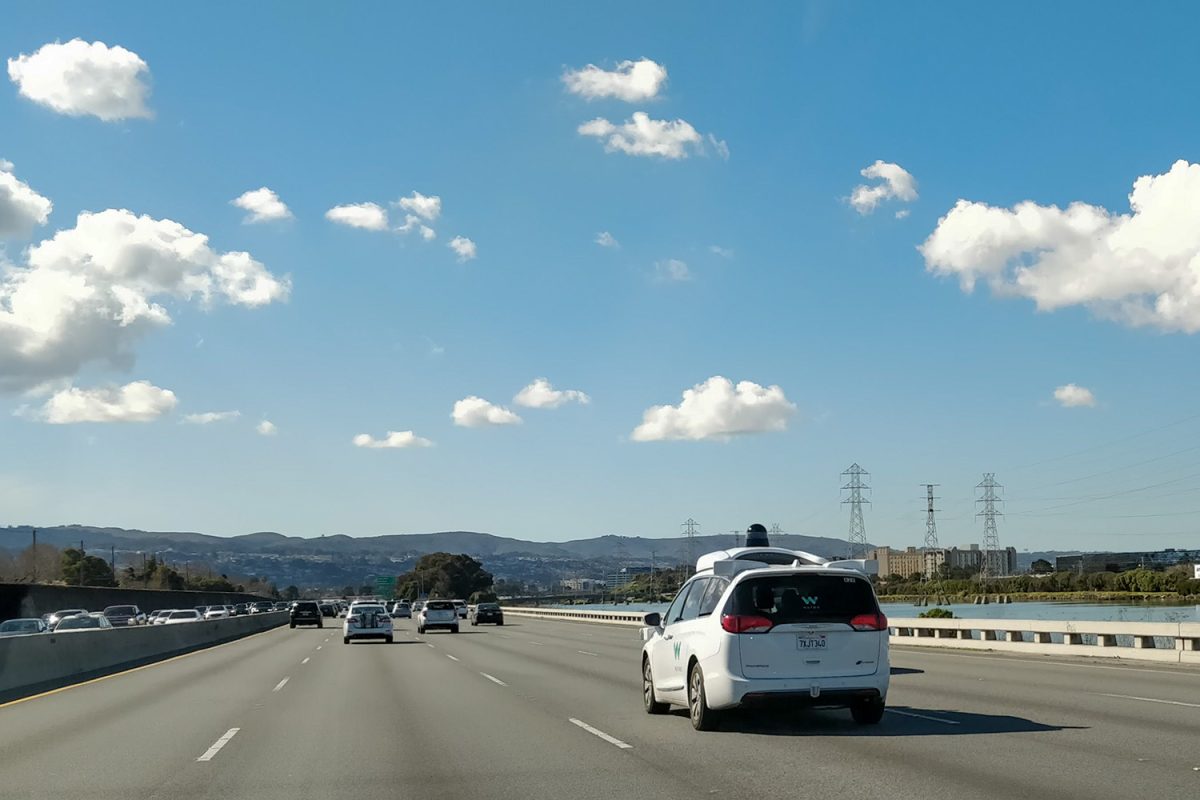
Every day, schools allow students to use services from technology companies during class. Unfortunately, these same services are putting students’ data at risk for being taken, a case currently being investigated by the U.S. government.
In U.S. schools, millions of students, kindergarten to college, are using accounts from Google, Apple, and Microsoft to aid them in learning. However, the same accounts that students use are similar to regular accounts that are continually untrusted by security experts.
Ever since their inception, technology companies have seen schools and students as potential customers. With large numbers of students and a need for materials to be updated, schools are the perfect place for companies to spread their influence. When a school signs up, they begin to give more data to these companies, which they can use against their will. At scale, this presents a risk to schools across America.
“I do not trust Google to keep my data safe,” said Colin Walker, a student at Carlmont High School. “We don’t know the true reasons as to why they want us to create accounts.”
Carlmont currently uses an enterprise service provided by Google, G Suite, to give students access to collaborative tools and communication. With the new software, students can work on assignments, create multimedia, and contact teachers through email. All of this transmits lots of data through Google. Moreover, by default, most of this data is not hidden in Google.
“Companies do provide options if you want to opt-out of data collection, but it is not a default,” said Jesse Victors, a software security consultant at Synopsys. “Even if you use them, they are misleading and do not completely work.”
Nevertheless, even with these controversies, schools continue to use technology for their immediate benefits. Information is much easier to organize and access when data is online. Through the internet, students, teachers, and administration can communicate with each other rapidly.
“The technology does come with benefits,” said Alexander Simpson, a sophomore. “It helps us do our homework and participate in class activities.”
When it comes to helping schools, technology companies are reasonable and practical at doing such, but not in a secure manner. In terms of safety, companies are involving innocent students in controversial products.
“I think schools can teach students better than technology companies can,” Walker said. “At least schools are in our best interest; tech companies are not.”












